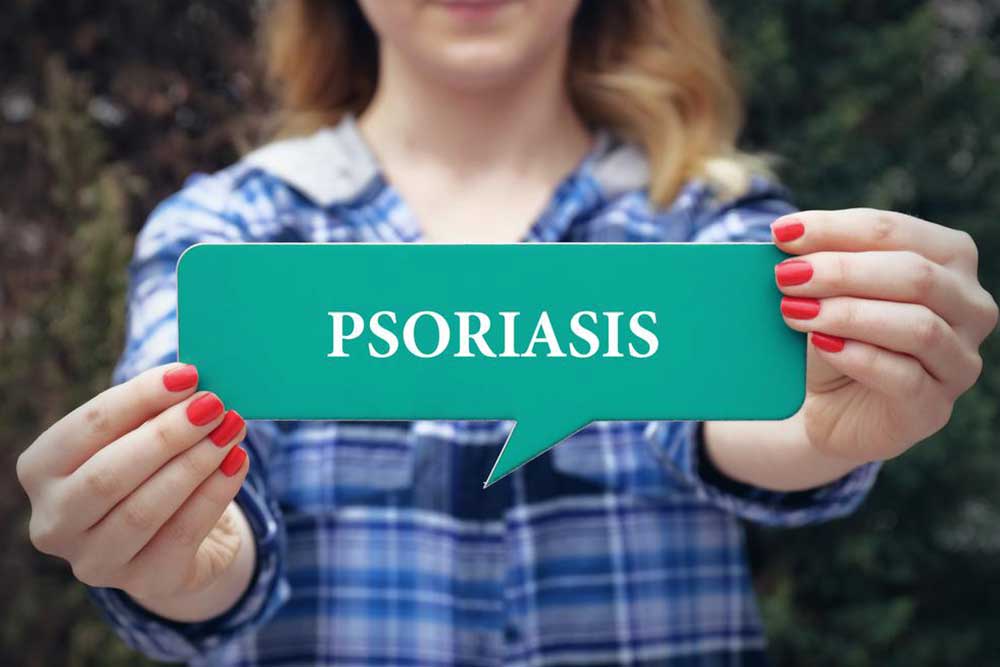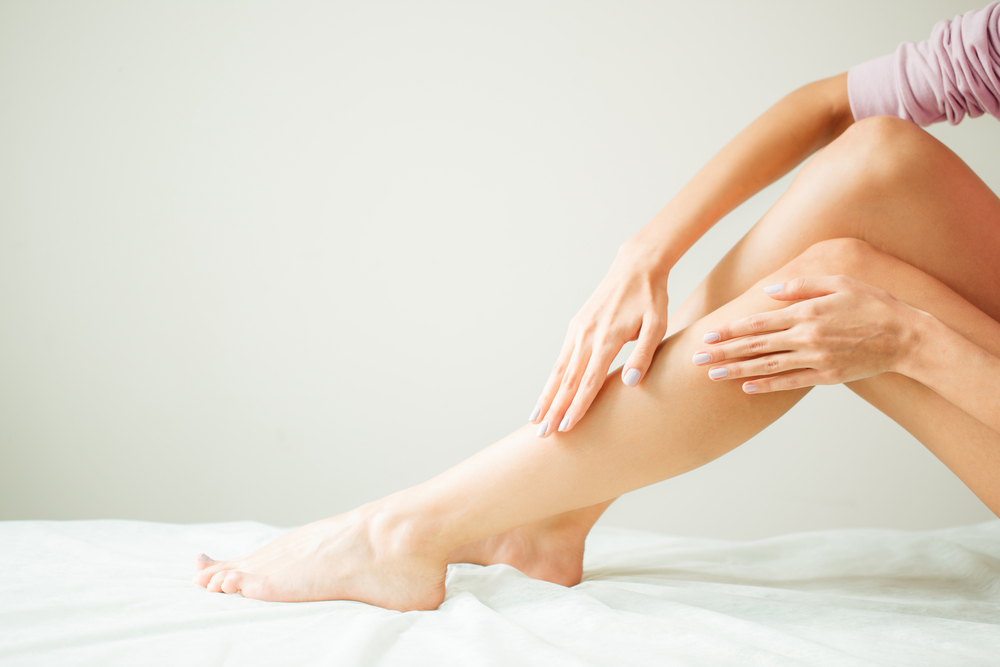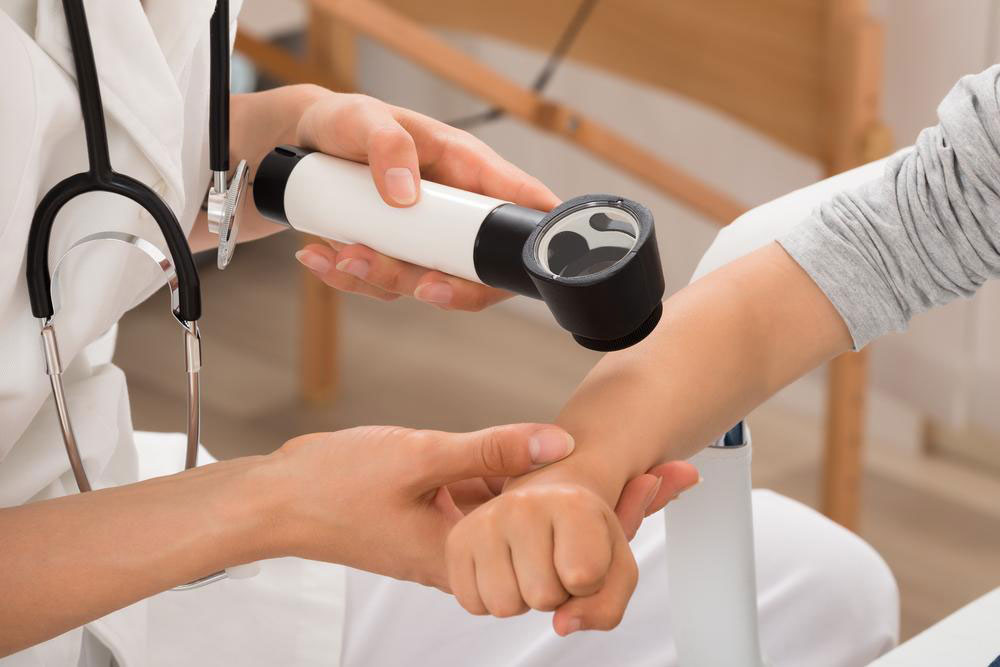Comprehensive Guide to Psoriasis: Types and Insights
This comprehensive overview explains psoriasis, its various types, symptoms, and associated health risks. It highlights the importance of understanding this chronic skin condition and emphasizes consulting healthcare professionals for proper management. The article sheds light on different psoriasis forms like plaque, inverse, erythrodermic, pustular, guttate, and nail psoriasis, providing essential insights for those affected or seeking to learn more about the condition.

Understanding Psoriasis and Its Variants
Psoriasis is a prevalent chronic skin disorder characterized by red, flaky patches covered with silvery scales. Typically affecting the scalp, elbows, and knees, it can also involve the nails, torso, and legs, and in rare cases, other skin areas. Affecting over 130 million globally, psoriasis impacts individuals of all ages, with about 7.5 million in the US alone diagnosed with plaque psoriasis, representing 2% of the population. Both genders are equally affected, though incidence varies among ethnicities.
Though not contagious, psoriasis is inheritable, and its cause remains unknown. This condition originates beneath the skin, ranging from mild to severe, and is linked to other health issues like cardiovascular disease, Type 2 diabetes, and psoriatic arthritis. Approximately 15% develop psoriatic arthritis, often mistaken for gout or rheumatoid arthritis. While there is no cure yet, various treatments help manage symptoms effectively.
Psoriasis manifests in several forms, determined by location, severity, and patient factors. The main types include:
Plaque Psoriasis: The most common, featuring red patches with silvery scales, which can occur anywhere on the skin or mucous membranes. It can be itchy or painful.
Inverse or Flexural Psoriasis: Presents in body folds like the groin, behind the knees, and underarms, often appearing shiny and smooth.
Erythrodermic Psoriasis: A severe, less common form that covers the entire body with a red, peeling rash, causing intense discomfort.
Pustular Psoriasis: Characterized by white pustules on red skin, affecting localized areas such as the hands and feet or larger surface areas. Symptoms may include fever, chills, and muscle weakness. Types include acropustulosis, palmoplantar pustulosis, and von Zumbusch.
Guttate Psoriasis: Often triggered by streptococcal infection, it appears as small, drop-shaped lesions on the skin, affecting both children and adults.
Nail Psoriasis: Not a distinct type but commonly recognized, causing discoloration, abnormal growth, pitting, and separation of nails.
Note:
This content is for informational purposes only and not a substitute for professional medical advice. Always consult qualified healthcare providers for diagnosis and treatment options.










